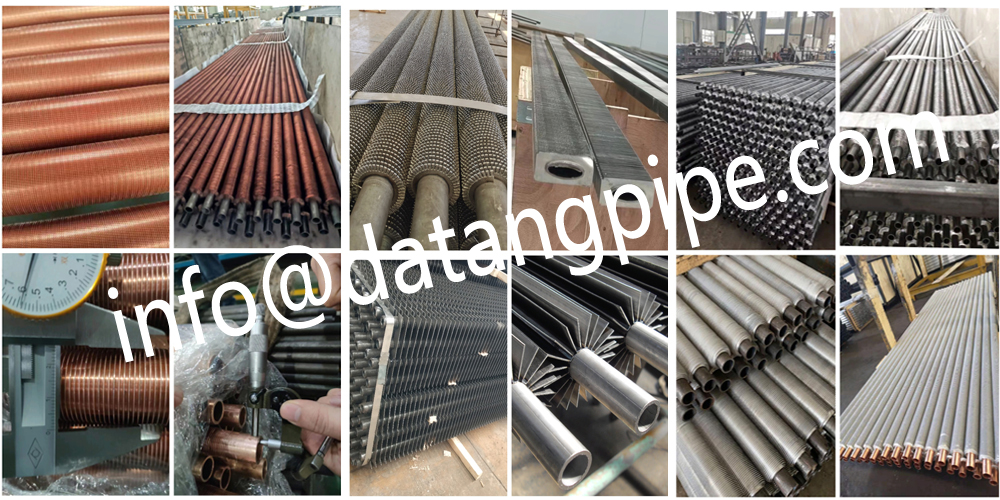Fin tubes for power plants
Fin tube is a heat exchanger element that increases the heat transfer area by adding fins to the surface of the tube. This design can significantly improve heat exchange efficiency and reduce energy loss, thereby achieving the goal of energy conservation and emission reduction.

In power plants, finned tubes are mainly used in key equipment such as boilers, steam turbines, and generators to improve heat transfer efficiency and reduce energy waste. Compared with traditional heat exchangers, fin tubes have higher heat transfer coefficient, lower thermal resistance, and corrosion resistance.
Practical cases of finned tube application in power plants
In recent years, many power plants at home and abroad have begun to adopt finned tube technology to improve resource utilization efficiency and reduce operating costs. For example, a large coal-fired power plant installed a finned tube air preheater in the tail flue of the boiler, which improved the thermal efficiency of the boiler, lowered the exhaust gas temperature, and achieved the goal of energy conservation and emission reduction.
In addition, some new energy power plants such as wind power and solar power plants have also begun to apply finned tube technology. For example, in solar water heating systems, fin tubes are used as the core component of the collector. By absorbing solar heat, the heat energy is transferred to the working medium to drive the power generation system.
Future prospects and challenges
Although the application of finned tubes in power plants has achieved remarkable results, it still faces some challenges. The design and manufacturing of finned tubes requires high-precision technology and equipment support, which places high requirements on manufacturers. Secondly, finned tubes may be affected by factors such as wear and corrosion during operation, and require regular maintenance and replacement.
In the future, with the continuous development of new materials and new technologies, the performance of finned tubes will be further improved. For example, finned tubes coated with nanomaterials have higher heat transfer efficiency and corrosion resistance; at the same time, the application of intelligent monitoring and maintenance systems will also provide more reliable guarantee for the stable operation of finned tubes.
As an energy-saving heat exchanger element, finned tubes have important application value in power plants. By adopting finned tube technology, power plants can not only improve source utilization efficiency and reduce operating costs, but also make a positive contribution to achieving sustainable development goals. In the future, with the continuous advancement of technology and the expansion of application fields, the application prospects of finned tubes in power plants will be broader.
